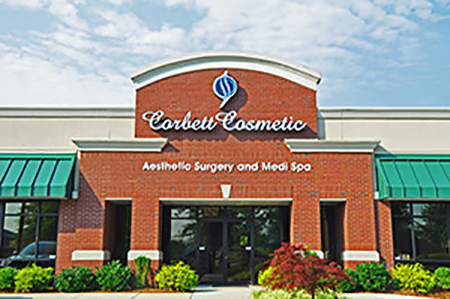I see lots of women, most of them Moms, who are completely frustrated because their skin won’t tighten up despite their working out like crazy. So they come to inquire about a Louisville Tummy Tuck or Louisville Liposuction. The bad news I have to deliver is that skin will not tighten up in response to exercise.
With exercise, especially resistance training (lifting weights), you can certainly loose fat and add muscle which is a great thing. As this process occurs, your skin will tighten up to some degree. Skin does have elasticity and so it will snap back. We see this all of the time with significant weight loss and after pregnancy. The skin is actually pretty amazing and tones itself back up rather nicely. But there is a limit and there isn’t much you can do to affect the process.
So, if you have lost a lot of weight and have been at a stable plateau for 6 months or more or if your last baby is more than 6 months old and you have lost your baby weight, what you see skin wise is probably what you are going to be left with. For some women with thicker more resilient skin, this can be taught, stretch mark free skin. For most though, there will be some residual laxity.
Age is also a huge factor. Our skin is more capable of snapping back the younger we are. Not much more explantion needed here.
So all you have to do is never age, never gain weight, and never have kids and your skin will be perfect! Just kidding 🙂
Lee Corbett, MD
www.CorbettCosmeticSurgery.com
502.721.0330
All posts on this blog are presented by Louisville Tummy Tuck surgeon, Dr. Lee Corbett.



